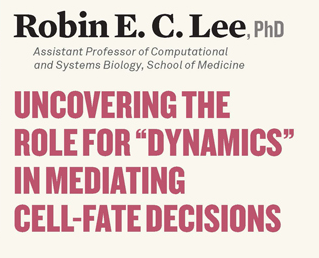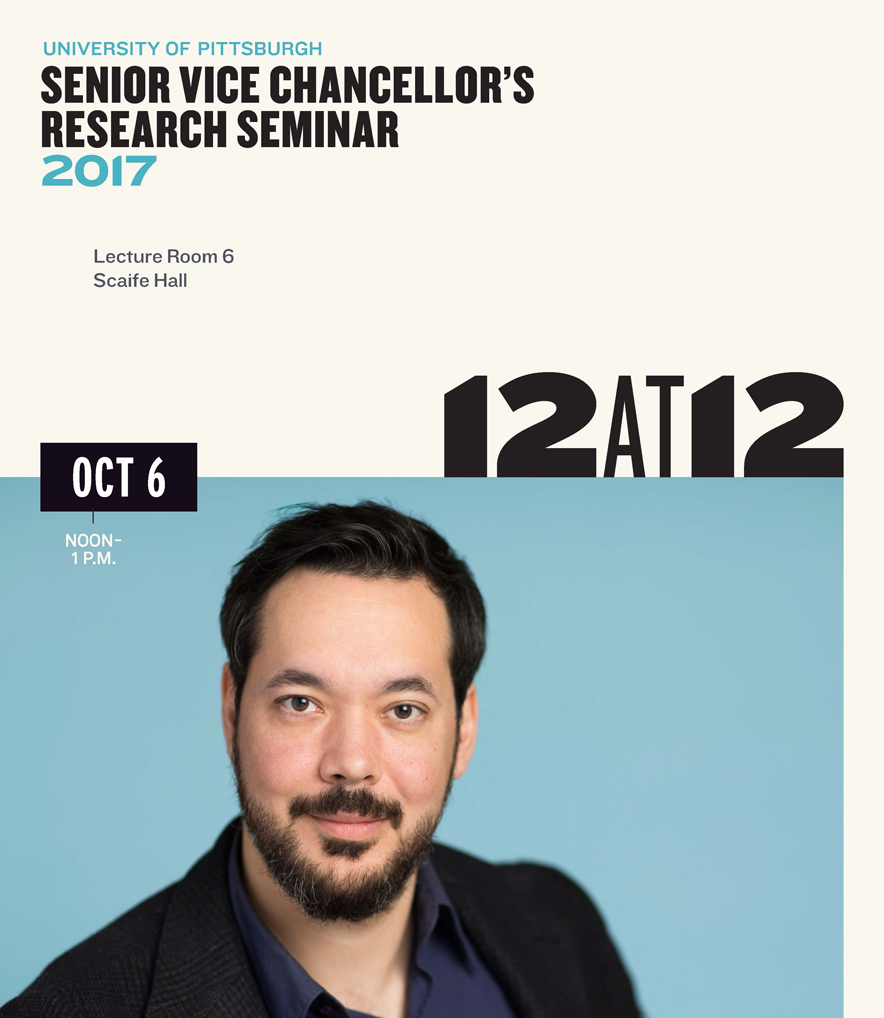
Topic Overview:
In the long-term, Lee’s goal is to understand how single cells process cues from their environment to make irreversible decisions such as whether to proliferate, differentiate, or die. Cell-fate decisions are often influenced by inflammatory factors in the cellular milieu that initiate dynamic reorganization of proteins within the cell. For example, clusters of ligand-bound receptors can transiently recruit cytoplasmic proteins to large complexes near the plasma membrane, whereas other proteins translocate between cellular compartments such as the cytoplasm and the nucleus. It is an emerging principle that dynamic properties of signaling molecules provide temporal codes (i.e., rates of change, or signal amplitude, duration, or frequency, among others) that regulate each cell’s response to a stimulus. Given that there is substantial cell-to-cell heterogeneity, even in a clonal cell line, dynamic mechanisms of signal transduction are generally obscured in fixed-point measurements or averages from a cell population.
In this talk, Lee will discuss his progress in establishing single-cell techniques to study dynamic properties of signal transduction that govern the NF-κB transcriptional system. He will present his and colleagues’ advances using CRISPR-mediated genome editing to generate fluorescent-protein fusions expressed from their endogenous locus in human cells. Lee will also discuss the combination of live-cell imaging, microfluidics, and computational techniques to understand how dynamic properties of molecules within the NF-κB system encode and decode information in single cells. By uncovering the role for “dynamics” in mediating cell-fate decisions, their approaches may eventually lead to the rational design of therapies that target “dynamics” to affect disease.













